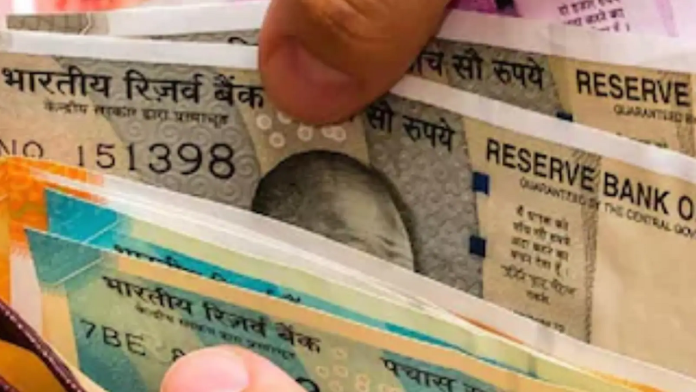This is important news for more than 6 crore members of EPFO. Employees’ Provident Fund Organization (EPFO) has decided to revise the exit policy for investing in Exchange Traded Funds (ETFs) to provide higher returns to the shareholders and protect their income from market volatility. Sources in the know of the matter said. It is said that in the recent meeting of the Central Board of Trustees of EPFO, this issue was discussed and later it was approved.
Under this, the EPFO has proposed to increase the minimum holding period of ETF units beyond four years before they can be withdrawn. Currently the units of these ETFs are redeemed in four years. Under its investment guidelines, the EPFO can invest between five and 15 per cent of its income in equity and related investments.
It started investing in equities in August 2015 after deciding to invest five per cent of its fresh income in equities through ETFs based on Nifty-50 and BSE Sensex. The limit has since been extended. Sources say that EPFO wants to take the actual investment in equity to a limit of 15 per cent.
The CBT, the apex decision-making body of EPFO, had earlier approved the ETF withdrawal method in February 2018. Under this, withdrawal of ETF units was permitted only on days when the current market net asset value (NAV) is not less than five times the average NAV of the last seven days. In addition, the principle of First In First Out (FIFO) was adopted while withdrawing every 15 to 20 days.
EPFO announced an interest rate of 8.15 per cent for subscribers for the financial year 2022-23, which was marginally higher than the 8.1 per cent return given for the previous financial year. For interest payment, it redeemed investment ETF units in calendar year 2018 and is estimated to have raised Rs 10,960 crore.
Higher returns than government bonds
EPFO may also link the withdrawal limit of ETF units to government securities. Under the scheme, the holding-period return of the units proposed to be redeemed should be at least 250 basis points higher than the 10-year benchmark government security. Another suggestion is to benchmark ETF returns to historical long-term averages.
Under this, the holding period return of the unit to be withdrawn should be above the average five-year return of the last 10 years based on Nifty or Sensex. Apart from this, to protect the returns at the time of withdrawal from market fluctuations in the short term, EPFO has also proposed to make the withdrawal period on a daily basis.
Exercise of increasing capital gains
Experts say the amendments will help in easing the internal rate of return and maximize capital gains on redemption of ETF units. Since ETFs do not provide regular income and do not have a maturity period. Hence EPFO redeems ETF units from time to time. The capital gain from this exercise is then treated as income and distributed as income to the EPF subscribers.
The pace of investment in shares is slow
Due to periodic withdrawals of ETF units and reinvestment of only 15% of the withdrawal proceeds in ETFs, the share of equity investments in the total EPF corpus is growing at a slow pace. Investments in equity stood at 10.03 per cent of the income as on January 31, 2023 and it is estimated that it may take five to six years for the equity portion of the fund to reach the 15 per cent mark. As on January 31, 2023, EPFO had investments at face value of about Rs 12.53 lakh, of which cumulatively Rs 1.25 lakh was in equity and related investments.












